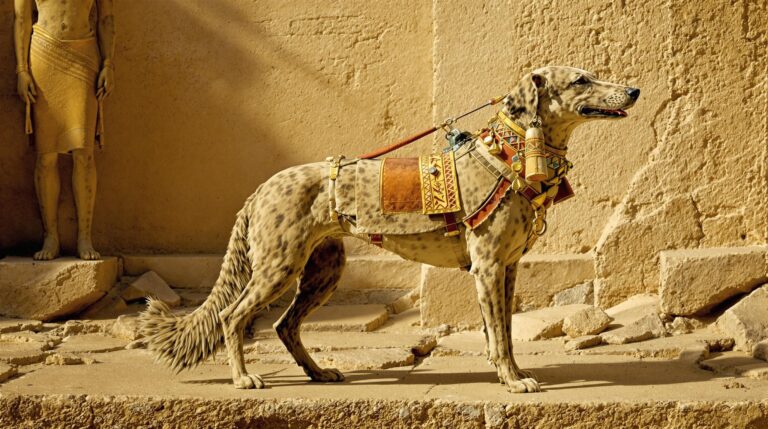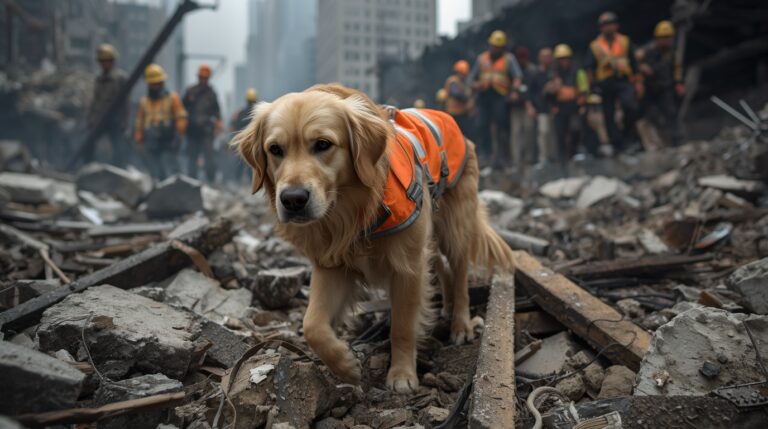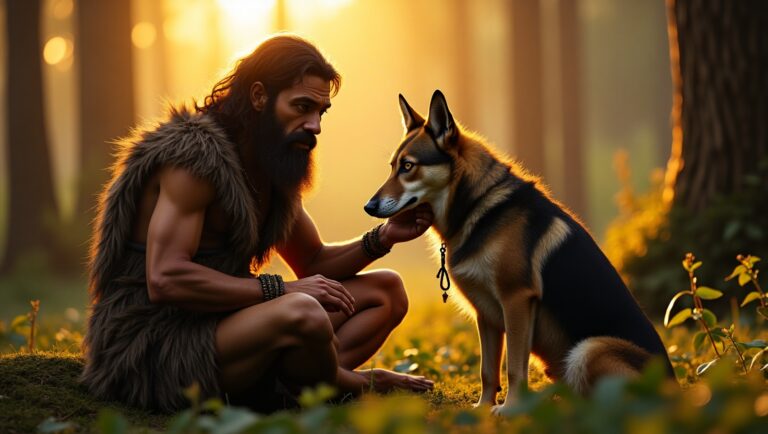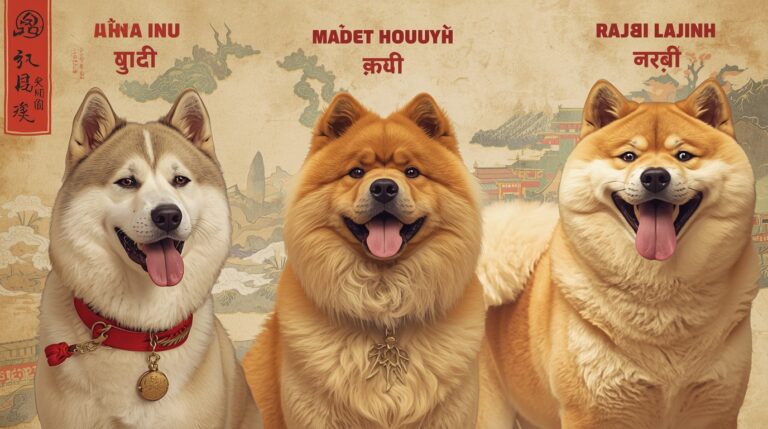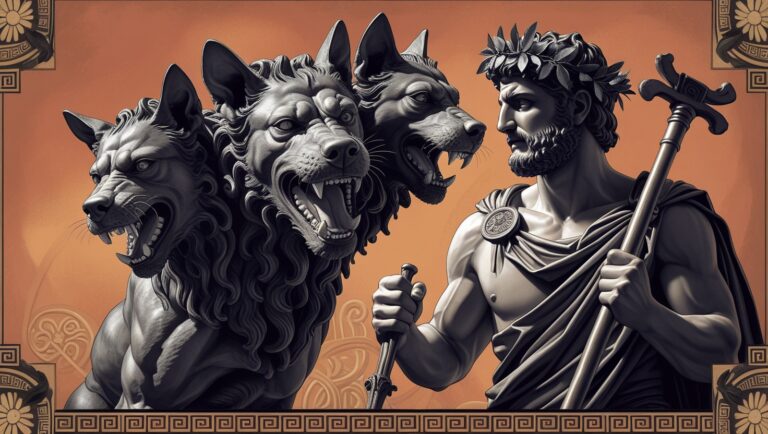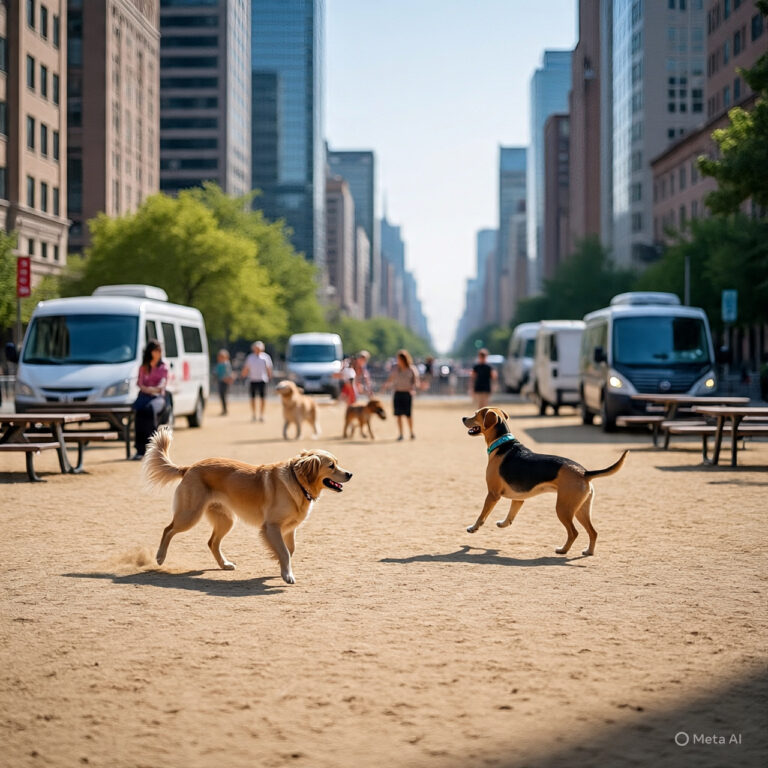Dogs in Norse Mythology and Viking Culture

Introduction to Norse Mythology and Viking Culture
Norse mythology is a complex belief system that shaped the Viking Age, spanning from approximately 793 to 1066 CE. Rich with mythological creatures, gods, and spiritual realms like Asgard, Midgard, and Helheim, the mythology incorporates a deep connection with nature and animals.
Within this system, dogs played diverse roles: as protectors, spiritual guides, and companions to gods and mortals alike. In Viking culture, dogs were more than domestic animals—they were symbols of loyalty, tools of survival, and spiritual entities embedded in ritual and myth.
Symbolic Role of Animals in Norse Mythology
Animals were central to Norse cosmology. Wolves, ravens, horses, and dogs appear frequently in the Poetic Edda and Prose Edda. While wolves like Fenrir often symbolized chaos and destruction, dogs were typically linked to guardianship, death, and fidelity.
In contrast to the ferocity of wolves, dogs in Norse mythology held more nuanced roles: they were watchdogs of the underworld, war companions, and guardians of souls. This distinction is vital to understanding their cultural relevance.
Dogs as Companions in Viking Culture
Viking households often kept dogs as companions, particularly in rural settlements. Archaeological remains from sites in Sweden, Denmark, and Iceland reveal dog skeletons buried alongside humans, indicating emotional and societal value.
Studies suggest that common dog breeds during the Viking Age resembled spitz-type dogs, such as the Norwegian Elkhound, which was used for hunting and protection. These dogs were trained, cherished, and integrated into Viking life as both companions and workers.
Dogs in Daily Viking Life
Dogs contributed significantly to Viking households. They helped in:
- Hunting game
- Guarding livestock
- Escorting travelers
Evidence from Norse sagas, including Grettir’s Saga, describes dogs alerting their masters to threats or accompanying them into the wild. Their intelligence and utility elevated their status in daily Viking life.
Dogs in Viking Burial Practices
Dogs were buried with their owners to accompany them into the afterlife. At sites like Oseberg and Gokstad, richly adorned Viking graves included dogs—signifying both affection and belief in their continued companionship after death.
Such burials suggest dogs were considered spiritual guardians or status markers. Some were even placed in ship burials with warriors, symbolizing their loyalty and role as protectors in the next world.
The Mythical Hound: Garmr
Garmr is the most prominent mythical dog in Norse mythology. He guards the gates of Hel, the realm of the dead, and is prophesied to break free during Ragnarok, the apocalypse, battling the god Tyr.
Scholars equate Garmr with the Greek Cerberus, both acting as hellhounds or gatekeepers of the underworld. Garmr’s presence illustrates the deep symbolic role dogs held in managing the boundary between life and death.
Dogs in the Afterlife: Hel and Her Hounds
The goddess Hel, ruler of the underworld, is often accompanied by black hounds. These underworld dogs were feared and respected, as they symbolized inevitability, death, and judgment.
Dogs here serve as psychopomps—guides who escort souls from Midgard to Helheim. Their role was less about terror and more about order, ensuring the rightful passage of the dead.
Fenrir vs. Garmr: Mythical Wolves and Hounds
Though often confused, Fenrir and Garmr serve different purposes. Fenrir represents chaotic destruction and is destined to devour Odin. Garmr, by contrast, is a guardian figure, symbolic of thresholds and protection.
This distinction clarifies that while wolves were often antagonists in Norse stories, dogs held protective and spiritual roles.
Dogs and Valkyries
Valkyries, female figures who choose warriors for Valhalla, are sometimes depicted with canine companions. These dogs are seen as escorters of the dead, reinforcing their role as spiritual mediators.
Some sagas suggest Valkyries could transform into animals, including dogs or wolves, symbolizing divine metamorphosis and protective strength.
The Seiðr and Shamanic Use of Dogs
Seiðr was a Norse magical practice linked to prophecy and spirit communication. Practitioners, often women known as völvas, used animal spirits, including dogs, as guides or familiars during trance journeys.
Dogs were believed to offer protection during spiritual travel, guiding the practitioner through unseen realms and safeguarding against malevolent entities.
Dogs in Norse Sagas and Eddas
Dogs appear frequently in Old Norse texts. In Njáls saga, dogs serve as loyal defenders of their households. In other tales, dogs are described with personality traits, such as bravery or cunning, elevating them beyond mere animals.
Such references prove dogs were not only present but revered and anthropomorphized in Viking storytelling.
War Dogs: Dogs in Viking Warfare
While Vikings were known for their naval raids and berserker warriors, dogs were also employed in battle. They were trained to guard camps, alert to danger, and intimidate enemies.
Historical accounts and finds in battlefield graves show dogs were considered valuable tactical assets, especially in unfamiliar territories.
Dogs and the Concept of Loyalty
Few virtues were as revered in Norse culture as loyalty. Dogs embodied this ideal better than any creature. Myths and sagas often highlight stories of dogs staying with their masters until death, symbolizing unwavering devotion.
This trait made dogs a common symbol in Viking poetry and grave art, representing eternal allegiance.
Dog Names in Norse Literature
Dogs in sagas were often named with symbolic words like:
- Freki (greedy)
- Sköll (treachery)
- Snorri (wise one)
These names often reflected either the dog’s behavior or the desires of its owner, embedding the animal deeper into the mythological narrative.
Dogs and Yggdrasil: Cosmic Connections
Though not directly mentioned with Yggdrasil, the World Tree, dogs’ spiritual roles imply a connection to cosmic functions—life, death, protection, and judgment—all concepts tied to the great tree’s cosmology.
This metaphorical placement elevates dogs from mere animals to cosmic agents.
Dogs in Norse Runes and Symbols
Runestones, especially in Sweden and Denmark, depict dogs next to warriors or ships. These images may reflect loyalty, companionship, or spiritual guidance.
Some runes symbolizing protection or journeys feature dogs, affirming their role as spiritual travelers and protectors.
Hunting Dogs in Viking Society
Hunting was both a necessity and a status activity. Dogs were bred for endurance, scent tracking, and speed. The Norwegian Elkhound, often used in moose hunting, exemplified the ideal Viking hunting dog.
Their skills made them invaluable companions in both forests and battlefields.
Dogs and Children in Viking Society
Dogs often lived within the household unit, playing with children and guarding them. Norse literature and burials suggest small to medium-sized dogs lived inside homes, contributing to education, socialization, and security.
These bonds mirror today’s family dog dynamics.
Dogs as Totems and Personal Symbols
Some Viking warriors believed in animal totems, and dogs were considered among the most powerful. Totemic dogs represented courage, vision, and tenacity. Warriors would wear dog skins, carvings, or tattoos for spiritual strength.
These symbols also appeared on weapons and amulets, conveying protection.
Modern Revival: Norse Dog Symbols in Neo-Paganism
Modern Heathens and Norse revivalists embrace dog symbolism in rituals, tattoos, and naming. Garmr, in particular, appears in modern literature, video games, and TV shows as a guardian archetype.
Dogs have become spiritual messengers once more, bridging ancient beliefs with modern spirituality.
Conclusion: Legacy of Dogs in Viking Lore
Dogs held immense significance in Norse mythology and Viking society. They were spiritual guides, companions in battle, and protectors in life and death. From Garmr guarding Helheim to the loyal dog by a child’s cradle, their legacy endures in art, literature, and faith.Their mythic and real-world roles show they were more than pets—they were spiritual beings, cultural icons, and symbols of unwavering loyalty in the stormy saga of Viking life.
